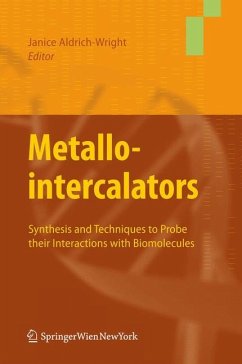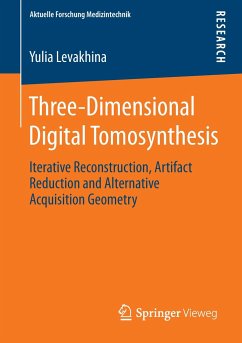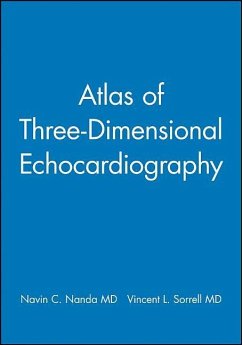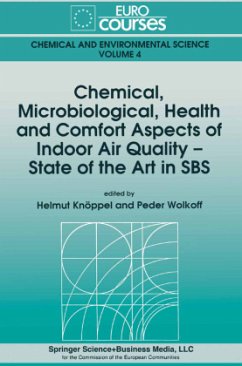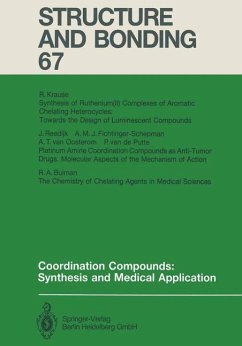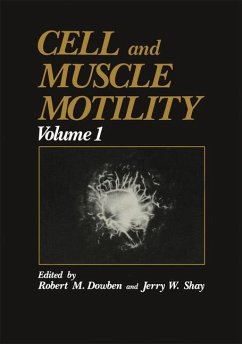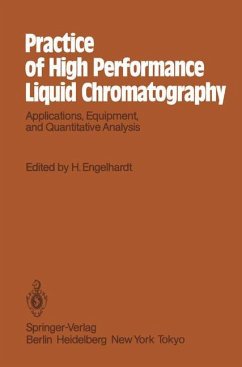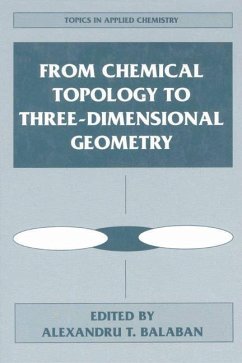
From Chemical Topology to Three-Dimensional Geometry
Versandkostenfrei!
Versandfertig in 6-10 Tagen
113,99 €
inkl. MwSt.

PAYBACK Punkte
57 °P sammeln!
Even high-speed supercomputers cannot easily convert traditional two-dimensional databases from chemical topology into the three-dimensional ones demanded by today's chemists, particularly those working in drug design. This fascinating volume resolves this problem by positing mathematical and topological models which greatly expand the capabilities of chemical graph theory. The authors examine QSAR and molecular similarity studies, the relationship between the sequence of amino acids and the less familiar secondary and tertiary protein structures, and new topological methods.






